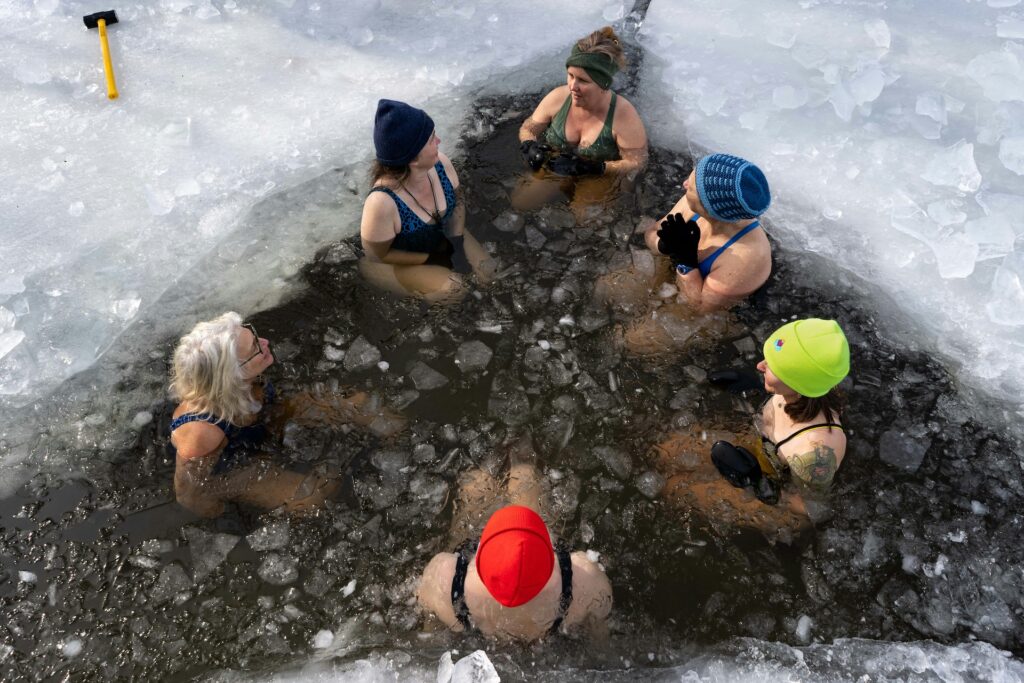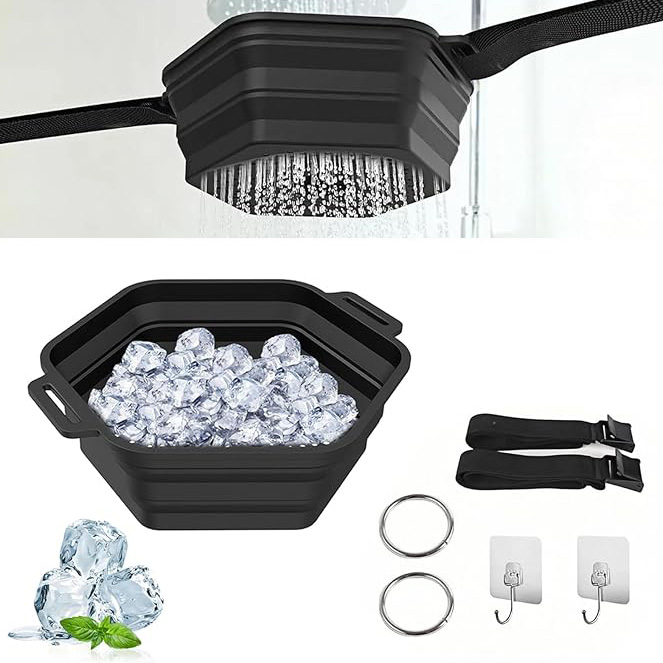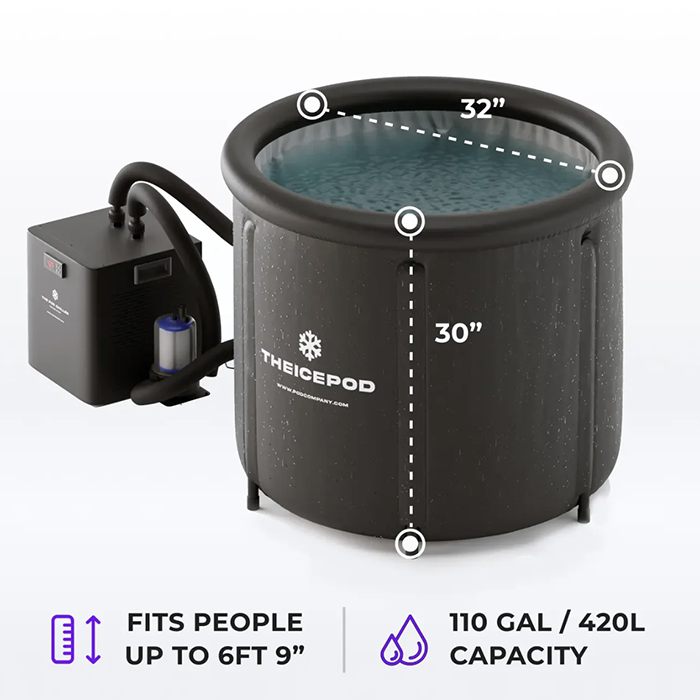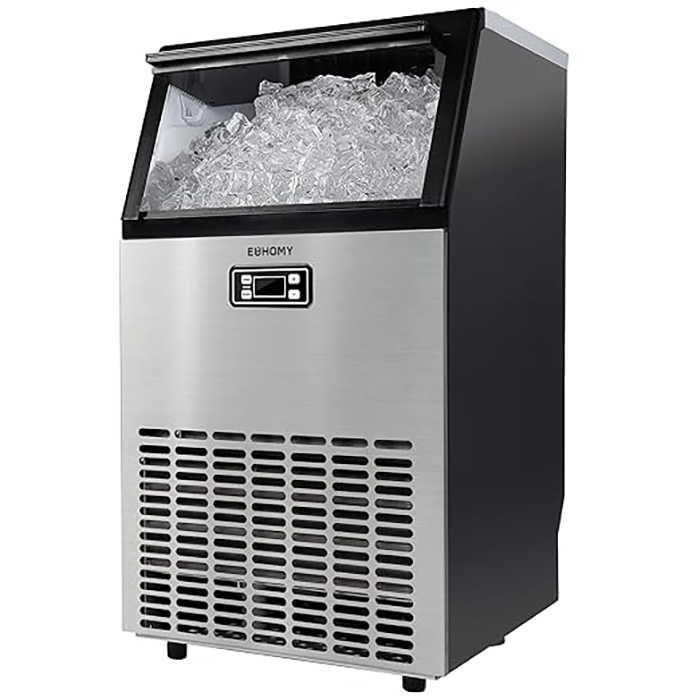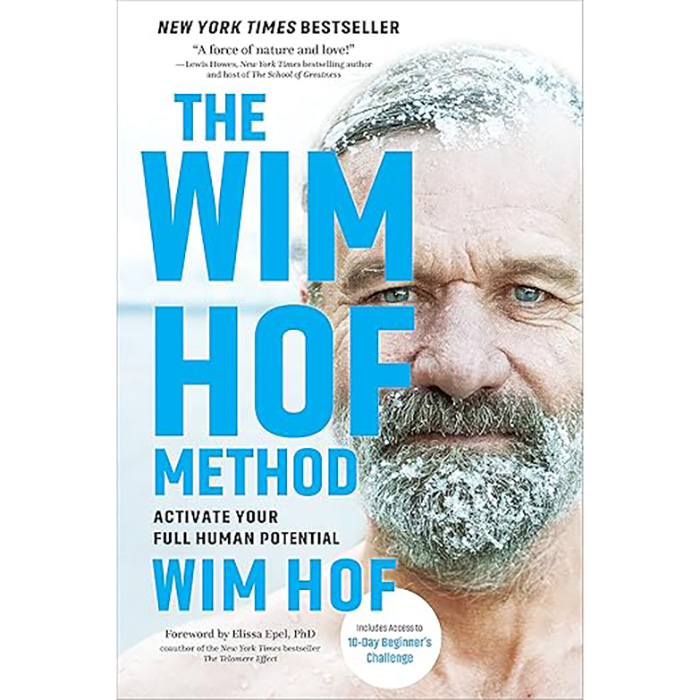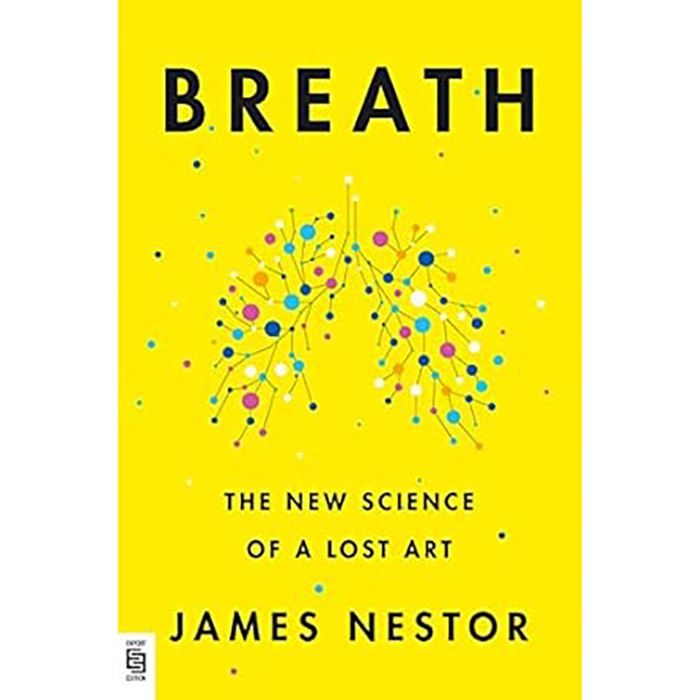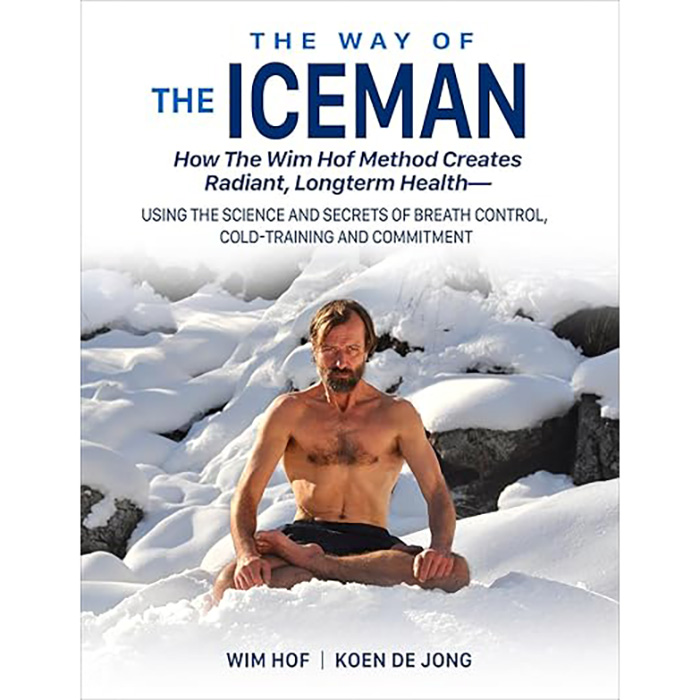Cold therapy—also known as cold exposure, cold immersion, or cryotherapy—is an ancient practice rooted in human biology. From the icy rivers used by Nordic ancestors to the snow baths of Japanese samurai and the sacred water rituals of Indigenous cultures, cold has long been a tool for purification, resilience, and healing. In today’s world, this tradition lives on through plunges, showers, and cold chambers, blending ancient wisdom with modern science.
Cold therapy isn’t just a trendy biohack. It’s a powerful way to reset the nervous system, regulate hormones, ignite metabolism, and sharpen the mind. We attempt this practice first thing in the morning. We make a hydration concoction of lemon, honey, salt and water to get us started. Put the kettle on and prepare a cup of tulsi and moringa tea. Depending on the season and time we start, we also try to get our sun gazing in for 1 minute. Then, we hit the rebounder for several minutes to loosen up the lymphatic system, then hop into the cold. After the plunge, we’ll take that 15 minutes to gradually warm up and enjoy our tea then go about our day.
Let’s dig into the origins of cold exposure, the work of pioneers like Wim Hof, the body’s physiological response, and a variety of practical ways to bring this into your life no matter your age, lifestyle, or climate:
The Legacy of Cold in Human History
Long before gyms and saunas, humans used cold as a natural rite of resilience. Ice bathing after the hunt, winter swims in mountain springs, and ceremonial plunges during seasonal changes were all part of our relationship with the elements. Cold exposure wasn’t a punishment—it was preparation. It helped align our physiology with the cycles of the natural world and built the kind of inner strength that today’s comforts have dulled.
Wim Hof and the Return to the Cold
The modern resurgence of cold therapy can be credited in large part to Wim Hof, also known as “The Iceman.” His method—which combines cold exposure, breathwork, and mindset—has helped millions experience the profound physical and emotional benefits of cold. Scientific studies on Wim Hof have shown that with training, people can voluntarily influence their autonomic nervous system, reduce inflammation, and increase immune function.
Hof’s work has opened the door for deeper understanding of the mind-body connection and validated what traditional cultures knew all along: the body is capable of self-regulation and healing when given the right stimulus.
The Science of Cold Exposure
Cold exposure triggers a series of biological responses:
- Vasoconstriction & Circulation: When exposed to cold, your blood vessels tighten to protect your core and vital organs. As you warm back up, fresh, oxygen-rich blood rushes back through your body, boosting circulation and lymphatic flow, flushing out toxins and giving your system a gentle reset.
- Hormesis: Just like plants grow stronger when pruned, your body becomes more resilient through brief, intentional stress like cold exposure. This ancient survival mechanism helps your cells adapt, rebuild, and thrive under pressure. Cold therapy helps boost mitochondrial health, sharpen cognitive function, and strengthen your immune system over time.
- Brown Fat Activation: Cold wakes up brown fat, a metabolically active tissue that burns calories to generate heat. It’s nature’s built-in furnace, helping regulate weight, balance blood sugar, and boost your metabolism in a way that feels effortless.
- Inflammation Reduction: A chilled body is a calm body. Cold exposure signals your nervous system to quiet inflammation, the root of many chronic imbalances, while encouraging recovery and calming an overactive immune system.
- Mood & Focus: Cold plunges release a wave of clarity—literally. They activate endorphins and focus-enhancing hormones that lift your mood, sharpen your thoughts, and help you greet the day with presence and purpose.
How to Practice Cold Therapy at Home
1. Cold Showers
- Start your shower warm, then turn to cold for the last 30–60 seconds.
- Breathe calmly through your nose as the water turns cold—this conditions your nervous system.
- Work up to 2–5 minutes as your tolerance improves.
- Best used daily for consistent benefits.
2. Ice Baths or Cold Plunges
- Target water temperature: 50–59°F (10–15°C). We target 55-56°F.
- Start with 1–2 minutes and increase up to 5 minutes.
- Practice calm, nasal breathing throughout. Focus on surrender, and stillness—it’s as much mental as physical.
- Pro tip: invest in the Chiller right away—it’ll save you money in the long run and a ton of time trying to get the temperature low enough, especially if you have your Ice Pod outside in Texas like we do. I initially bought an ice machine because it was cheaper than the Chiller, but that is outside too and even though I thought the math worked out alright, it wasn’t enough ice to get it down. Neil was loading and additional 15 pounds of ice blocks in the freezers and pot of water in the fridge and that was still barely cutting it. If you have your cold plunge inside, an ice machine could work if you aren’t ready for the Chiller, and it’ll quickly be worth the investment over the price of bags of ice.
3. Cold Water Swimming
- Natural bodies of water like rivers and lakes provide a deep reset.
- Always swim with a buddy and avoid long durations.
4. Ice Water Face Immersion (Cold Face Bath)
- Plunging your face into a bowl of ice water activates the parasympathetic (rest-and-digest) nervous system via the vagus nerve. It calms inflammation, supports mood, and improves skin tone by increasing circulation to the face.
- This is a powerful and gentle alternative to full-body cold plunges—especially helpful for women who are menstruating or pregnant, when intense cold exposure may not be advisable.
- Women tend to be more sensitive to cold stress due to cyclical hormone fluctuations and a naturally higher fat-to-muscle ratio. Facial immersion offers many of the same mental and physiological benefits without full systemic cold shock.
- To try it: Fill a large bowl with ice water and submerge your face for 5–15 seconds at a time. Breathe deeply between rounds, repeating for up to 2 minutes.
- This method also supports lymphatic drainage, reduces puffiness, and can tone facial muscles—making it both a beauty ritual and a nervous system reset.
5. Cryotherapy Chambers
- Whole-body cryo chambers expose you to -200°F for 2–3 minutes.
- Effective and efficient but expensive ($25–$60 per session).
6. Ice Packs & Localized Cold Therapy
- While cold packs can offer temporary relief for acute pain or swelling, their use is limited in long-term recovery strategies.
- The traditional RICE (Rest, Ice, Compression, Elevation) method has been largely replaced by approaches that focus on encouraging blood flow, such as contrast therapy (alternating hot and cold), manual therapies like Airrosti, kinesiology taping (KT Tape), and gentle movement.
- Cold packs may be best used within the first 24–48 hours of an acute injury to manage pain, followed by methods that promote circulation and tissue repair.
- If you use ice, pair it with warm compresses or gentle mobility work to avoid stagnation and support healing.
Shopping List
Tips for Beginners
- Others might recommend starting with cold showers, but to me that is harder than dropping into a cold plunge. I count to 3, maybe do it one more time, and then bend my knees and drop in. Neil moves slowly and eases down into the water in one fluid motion. With the shock of the cold for the both of us, we focus on our breathing to calm the senses down and after about 10 seconds, we are completely relaxed.
- Pair with breathwork—try the Wim Hof Method to calm your nervous system.
- Use daily or every other day for best results.
- Stay mindful—never force your body into stress; work with it.
Safety Considerations
- Never plunge alone—especially in natural waters.
- Avoid cold exposure if you have cardiovascular disease, Raynaud’s syndrome, or are pregnant unless approved by your practitioner.
- Limit cold immersion to 2–5 minutes. Longer isn’t better.
- Always warm up gradually post-exposure—let your body reheat naturally for lasting benefits.
Cold as a Daily Ritual
Cold is a teacher. It brings you into your body, into your breath, and into the present moment. It is a powerful way to engage your body’s natural healing and adaptation systems. Whether you start with a cold shower, a bucket of ice in the bathtub, head right into the Ice Pod, or a structured cryotherapy session, consistency is more important than intensity. It’s a daily discipline that builds physical and mental resilience, supports immune function, enhances mood, and regulates metabolism. Begin with just 30 seconds and listen to your body—when practiced with respect and intention, cold therapy reconnects you to your own strength and your place in nature.
Disclaimer
According to the FDA, only medical professionals can give medical advice. Neither Julie nor Neil are “medical professionals” or “qualified health providers.” We believe in educating ourselves and our community on holistic alternatives to allopathic medicine. As such, the FDA legally restricts the language we can use as citizens and business owners in the United States of America.
The information provided in this article is for educational purposes only and is not intended as a substitute for professional advice, diagnosis, or treatment. Always seek the advice of a qualified health provider with any questions you may have regarding a medical condition. Never disregard professional advice or delay in seeking it because of something you have read in this article. The use of any information provided in this article is solely at your own risk.
